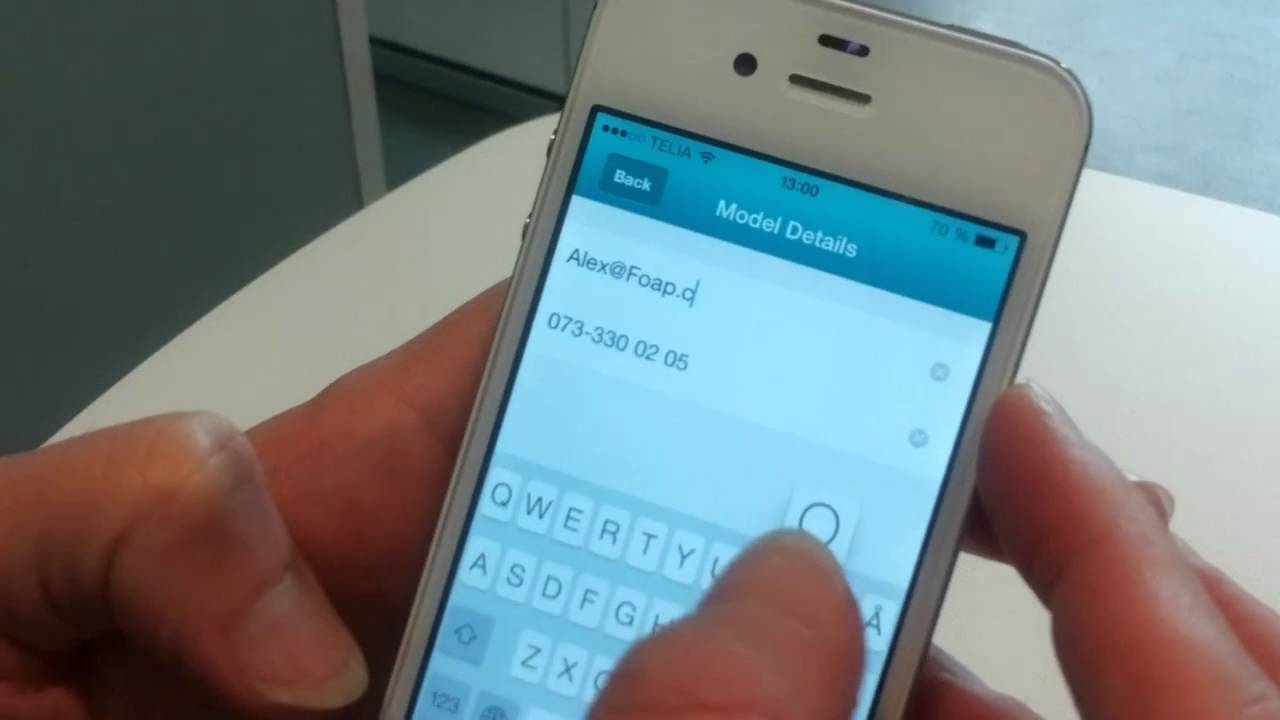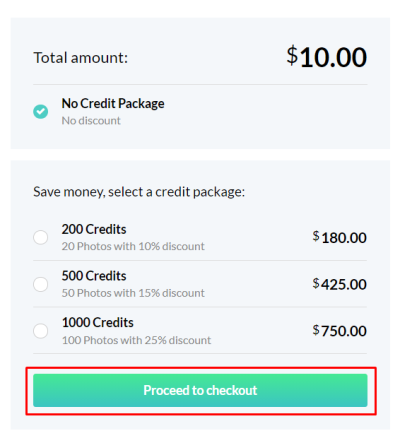Foap is a mobile photography platform that allows users to sell their photos to brands and individuals. To ensure photographers can legally sell images featuring people, Foap has specific model release requirements. Understanding these requirements is crucial for photographers to safeguard their work and respect the rights of individuals appearing in their photos.
What is Foap and How Does It Work

Foap is a photography marketplace where users can upload and sell their images. Photographers can create an account, upload their photos, and mark them for sale. Brands and consumers can then search for images based on categories and themes. When someone purchases a photo, the photographer earns a commission. Additionally, Foap often runs challenges, offering photographers the chance to win cash prizes by submitting themed photographs.
To maintain a high standard and ensure the legal safety of both users and brands, Foap requires photographers to obtain model releases for any images featuring identifiable people. This legal document grants permission for the use of the individual’s likeness and helps avoid potential legal issues in the future. Without these releases, photographers risk having their images removed or facing lawsuits.
Importance of Model Releases in Photography

Model releases are essential in photography for several reasons:
- Legality: A model release protects photographers from legal claims regarding privacy and likeness rights.
- Brand Trust: Brands are more likely to purchase photos that have proper model releases, knowing that they won’t face legal issues.
- Professionalism: Obtaining releases demonstrates a level of professionalism and respect for the individuals being photographed.
- Monetization: Having model releases allows photographers to sell their work more freely, expanding potential revenue streams.
In summary, understanding the model release requirements is vital for photographers using Foap to ensure their work is legally protected and commercially viable.
Common Mistakes to Avoid When Submitting Model Releases

Submitting model releases can be tricky, and it’s essential to get it right to protect both your rights and those of the models. Here are some common mistakes you should watch out for:
- Incomplete Information: Always ensure that all fields are filled out. Missing information can lead to delays or outright rejections of your release.
- Not Using Legal Names: Remember to include the model’s legal name as it appears on official documents. Nicknames or social media handles won’t suffice!
- Forgetting Signatures: Make sure both parties—yourself and the model—sign the release. An unsigned release is just a piece of paper.
- Ignoring Age Requirements: If a model is under 18, always ensure you have a parent or guardian’s signature as well.
- Using Outdated Templates: Laws change, and so do platform requirements. Always use the most current model release templates.
- Not Keeping Records: Always keep a copy for your records. This will save you trouble in case any disagreements arise later on.
By avoiding these common pitfalls, you can ensure that your model releases are valid and effective, allowing you to use your images confidently.
How to Find Models and Obtain Release Agreements

Finding models and securing release agreements can feel daunting, but it’s all about knowing where to look and how to approach the process. Here are some practical steps to guide you:
- Social Media and Platforms: Use platforms like Instagram, Facebook, or TikTok to find aspiring models. Engaging with local influencers can also lead to fruitful collaborations.
- Model Agencies: Reach out to local modeling agencies. They often have a roster of professionals and can facilitate the agreement process.
- Networking Events: Attend photography or fashion shows, and industry meet-ups. Building relationships can help you connect with models more easily.
- Online Marketplaces: Websites like Foap offer a community where models and photographers can connect. You can view their portfolios and reach out directly.
Once you find potential models, follow these steps to obtain release agreements:
- Clearly Communicate: Discuss the project details, usage of the images, and any compensation upfront.
- Draft a Clear Model Release: Use a simple and clear template that outlines all necessary points, ensuring both parties understand their rights and responsibilities.
- Provide a Comfortable Environment: Make sure the model feels at ease when signing the release. Offering a clear explanation can help reassure them.
Finding the right models and managing release agreements is all about clear communication and professionalism. With the right approach, you’ll have a seamless experience that benefits everyone involved!
Best Practices for Using Model Releases on Foap
When it comes to selling photos on Foap, using model releases correctly is crucial, not just legally, but also to maintain trust and professionalism in your photography. Here are some best practices to keep in mind:
- Always Get Written Consent: Whenever you’re photographing a recognizable person, make sure to get their written consent using a model release form. This is essential for protecting both you and the model.
- Use Clear Language: Ensure that the model release is understandable. Avoid legal jargon that might confuse the model. A clear explanation of what they are consenting to goes a long way.
- Provide the Model with a Copy: After both parties have signed the release, provide a copy to the model. This builds transparency and trust.
- Keep Releases Organized: Maintain a well-organized filing system for your model releases. This could be digital or physical, but ensure you can easily access them whenever needed.
- Be Aware of Local Laws: Model release laws can vary by region. Familiarize yourself with the legal requirements in your area to stay compliant.
- Consider The Context of Use: Ensure the model understands how their image will be used. Be explicit about whether it will be used commercially or for personal projects.
- Regularly Update Your Releases: If you’re using models frequently, consider creating a standard model release template you can update quickly to align with new regulations or uses.
By following these best practices, you ensure you’re not only legally compliant but also respectful to the individuals whose likeness you’re capturing. It’s all about building a solid foundation in your photography business!
Legal Implications of Using Model Releases
The legal landscape surrounding model releases can be quite intricate, so understanding the implications is essential for every photographer, especially when using platforms like Foap. Here’s what you need to know:
- Protection Against Legal Claims: A signed model release protects you from potential lawsuits. If a model decides to contest how their image is used, having a release serves as a legal safeguard.
- Commercial Use Requirements: If you plan to monetize your images (like selling them on Foap), having a model release is often a requirement. Without it, you may face significant legal repercussions.
- Reputation Risks: Failing to secure a model release can damage your reputation as a photographer. Models may be reluctant to work with you if they feel their likeness is used without consent.
- Varied Jurisdictional Laws: Laws regarding model releases can differ widely based on the country or state. Always research and understand the laws specific to where you’re shooting.
- Rights to Image: Even if you took the photo, a model retains certain rights over their likeness. The model release allows you to use their image but doesn’t transfer ownership of their likeness completely.
In summary, understanding the legal implications of model releases isn’t just an option; it’s a necessity for anyone looking to thrive as a photographer on platforms like Foap. You protect yourself, enhance your professionalism, and help foster trust in the photography community!
Understanding Foap Model Release Requirements
Foap is a popular platform that allows photographers and videographers to sell their creative works. However, to ensure that creators follow legal and ethical guidelines, Foap has established specific model release requirements. Understanding these requirements is crucial for anyone looking to monetize their visual content featuring identifiable individuals.
The model release is a legal document that protects both the creator and the individuals featured in the content. It grants permission for the use of their likeness in various mediums, including commercial purposes. Here are key aspects of Foap’s model release guidelines:
- Mandatory Release: A model release is required for any identifiable subjects in your photos or videos to be uploaded on Foap.
- Age Restrictions: Models must be at least 18 years old or have parental permission to sign a release if underage.
- Document Needed: A signed model release is necessary for the sale and distribution of your images or footage.
- Editable Template: Foap provides a model release template that can be downloaded and printed for use.
- Multiple Models: If there are multiple identifiable people in your content, each must have their own signed release.
When submitting an image or video that includes a person, ensure that the model release form is filled out accurately and signed before uploading your content to Foap.
| Requirement | Description |
|---|---|
| Identification | Must include the model’s full name and contact information. |
| Purpose | Clarifies how the content may be used, ensuring models are informed. |
| Signature | Signature of the subject is needed for consent and validation. |
In summary, adhering to Foap’s model release requirements is essential for the protection of both the model and the creator. Always ensure signed documentation is in place to avoid potential legal issues when monetizing your content.

